
Unresectable HCC
Advertisement
Repeated use of TACE can impair liver function and stimulate tumor angiogenesis.
HIMALAYA found tremelimumab plus durvalumab to significantly improve overall survival over sorafenib alone.
Amezalpat is a PPAR⍺ antagonist that modulates immune suppressive cells and angiogenesis in the tumor microenvironment.
The FDA's decision to accept the sBLA is based on the encouraging results of the phase 3 CheckMate-9DW study.
TACE may not be an optimal treatment strategy for patients with extensive tumor bulk or impaired liver function.
The study’s primary end point was overall survival in the inverse probability of treatment weighting.
Median OS was 9.1 months for patients with CP-B7 and 4.7 months for those with CP-B8-C12.
The study investigated the Single Tremelimumab Regular Interval Durvalumab regimen.
Patients then received 35 to 50 Gy of SBRT in 5 fractions, followed by an identical imaging process while waiting for a DDLT.
Dr. Galle shares the first results from CheckMate 9DW, a comparison of nivo/ipi against sorafenib or lenvatinib for uHCC.
Benefits in PFS, ORR, and duration of response with camrelizumab plus rivoceranib were sustained after prolonged follow-up.
New trial shows C-CAR031 CAR T-cell therapy promising for advanced hepatocellular carcinoma, with 90.9% tumor reduction rate.
Dr. Yarchoan details neoantigen-specific T cell responses assessed in the study.
Researchers used descriptive statistics to analyze first-line treatment patterns.
Lenvatinib is a common treatment for patients with uHCC, and has been used with pembrolizumab for other diseases.
ASCO has issued a companion piece to previously released guidelines addressing commonly asked questions.
A personalized therapeutic cancer vaccine may increase patient response to PD-1 inhibitors.
The study’s primary end points were objective response rate, overall survival, and safety.
Researchers investigated the potential of the phosphatidylserine-targeting antibody bavituximab plus pembrolizumab.
The CheckMate 040 trial reported that nivolumab monotherapy benefits patients who have an acceptable safety profile.
Advertisement




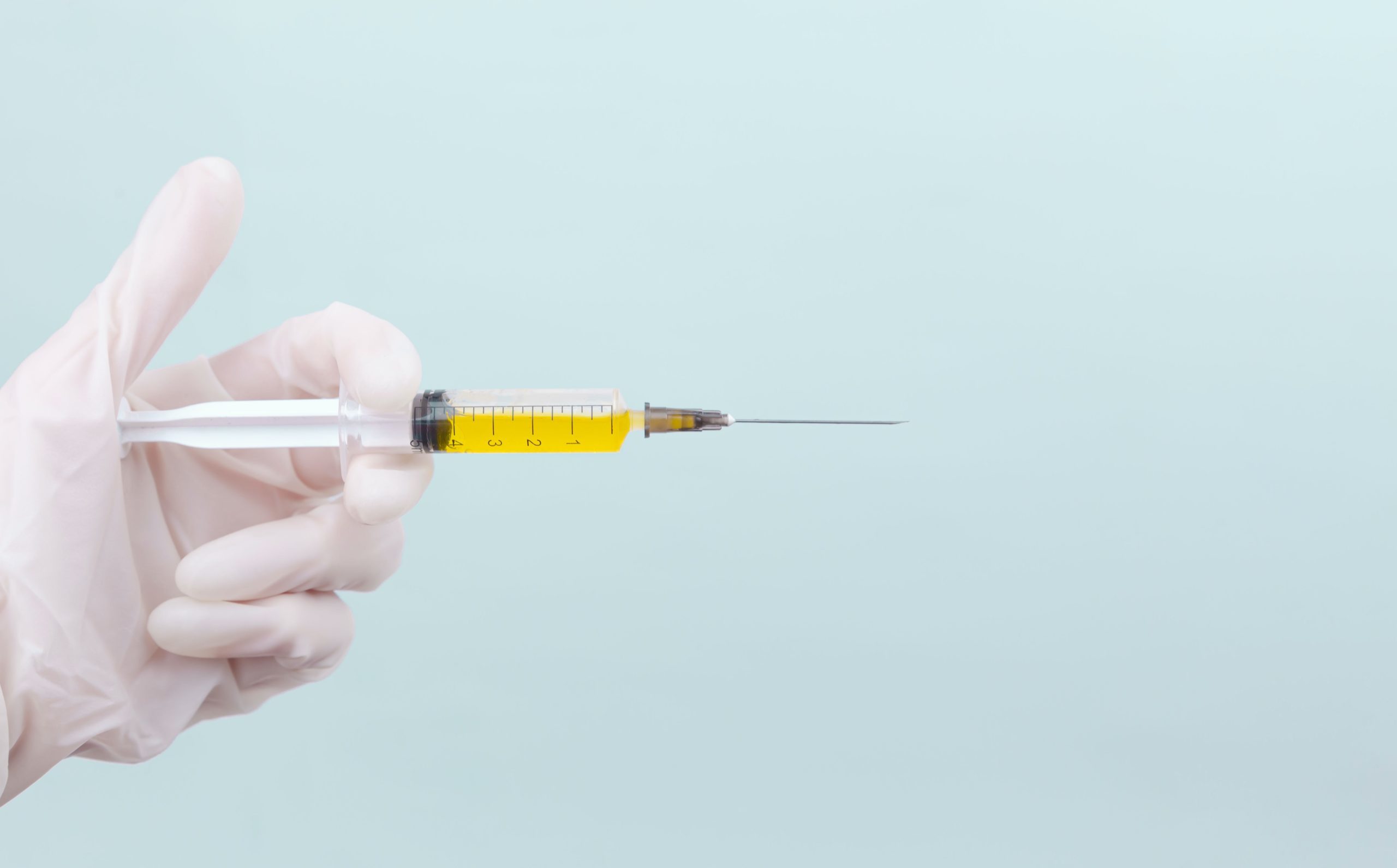
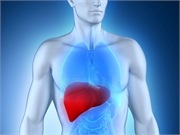
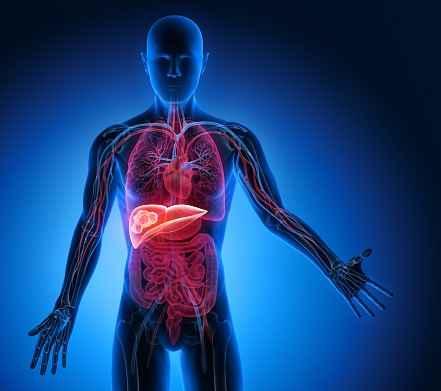
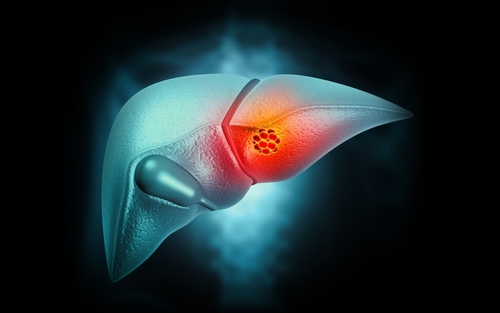

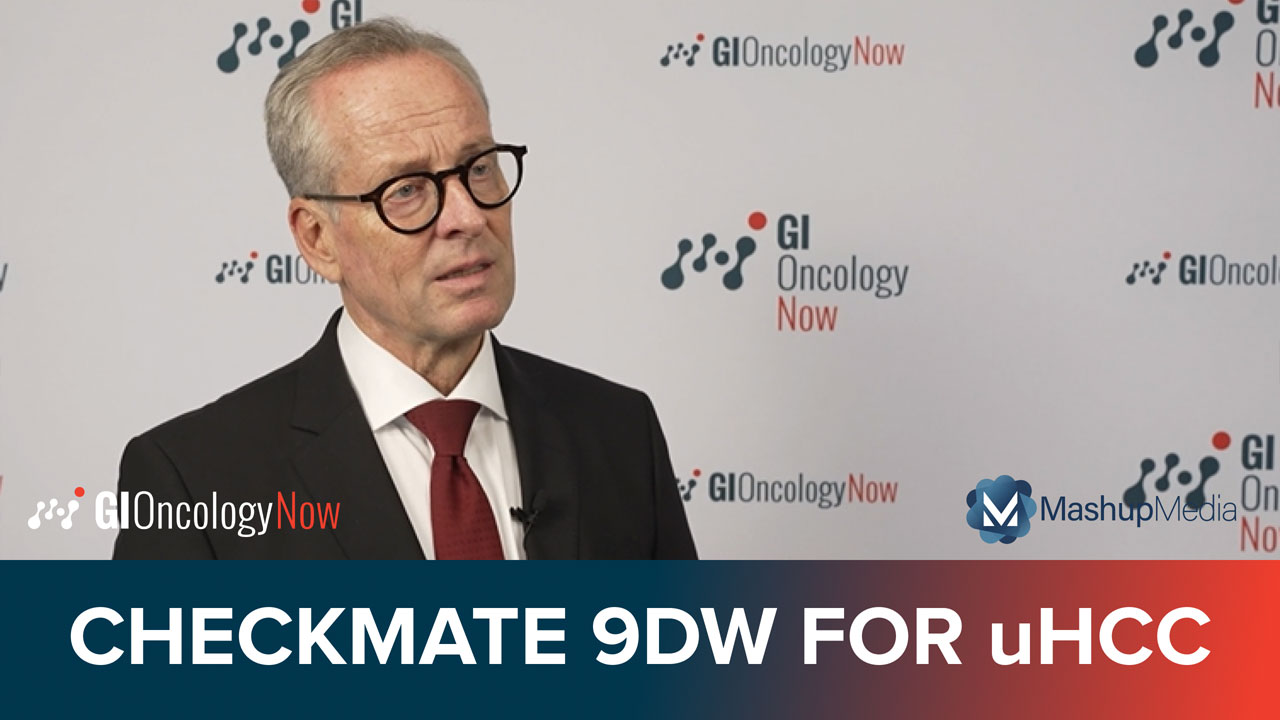


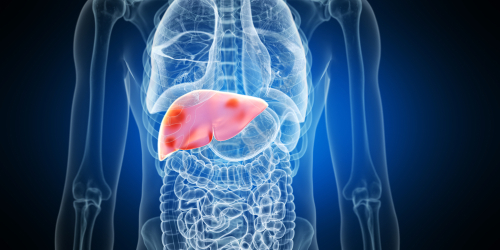
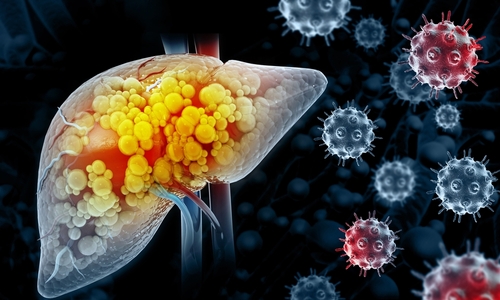
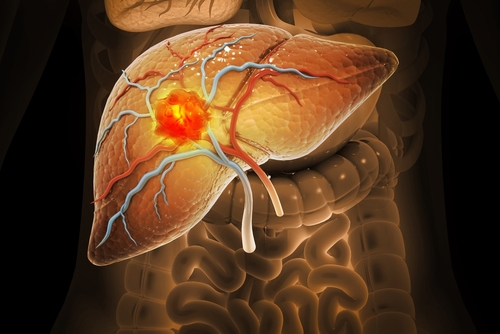




 © 2025 Mashup Media, LLC, a Formedics Property. All Rights Reserved.
© 2025 Mashup Media, LLC, a Formedics Property. All Rights Reserved.